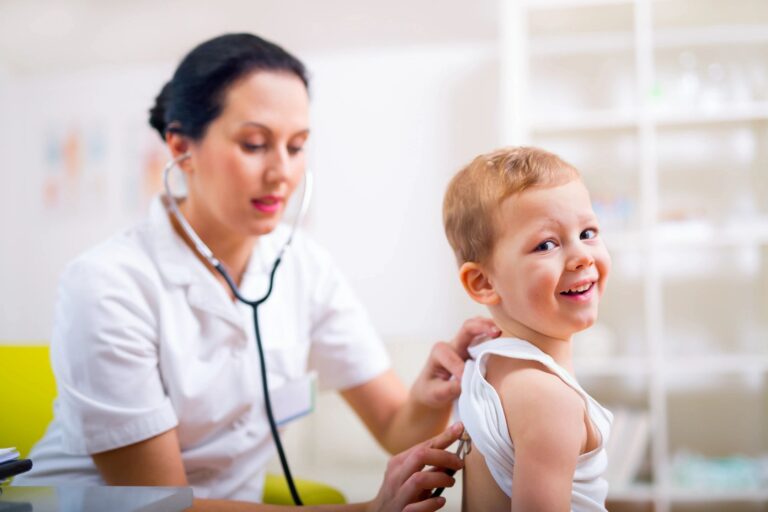Ringworm in children
Ringworm in children is a common fungal infection that affects the skin, scalp, or nails. Despite its name, ringworm is not caused by a worm but by various types of fungi known as dermatophytes. Here’s what you need to know about ringworm in children:
Causes: Ringworm is caused by different species of dermatophyte fungi, including Trichophyton and Microsporum. These fungi thrive in warm and humid environments, making children, who often engage in close physical contact and may not practice good hygiene consistently, particularly susceptible to infection.
Symptoms: The symptoms of ringworm can vary depending on the location of the infection:
- Tinea corporis: This affects the body and typically presents as a red, scaly rash with a raised border that resembles a ring or circle.
- Tinea capitis: This type affects the scalp and can lead to hair loss in patches. It may appear as a scaly, itchy, or inflamed area on the scalp.
- Tinea pedis: Also known as athlete’s foot, this affects the feet, causing itching, redness, and cracking of the skin, especially between the toes.
- Tinea cruris: Commonly called jock itch, this affects the groin area, resulting in red, itchy, and sometimes painful skin.
Transmission: Ringworm is highly contagious and can spread through direct skin-to-skin contact with an infected person or animal, as well as through contaminated items like clothing, towels, combs, or sports equipment.
Treatment: The treatment of ringworm typically involves antifungal medications, which can be applied topically as creams, ointments, or powders. In some cases, oral antifungal medications may be necessary for severe or widespread infections. It’s crucial to follow the healthcare provider’s instructions and complete the full course of treatment, even if the symptoms improve before it’s finished.
Prevention: To prevent ringworm in children and reduce the risk of recurrence:
- Encourage good hygiene practices, including regular handwashing and not sharing personal items.
- Teach children to avoid scratching the affected area, as this can spread the infection to other parts of their body.
- Keep children’s skin clean and dry, paying special attention to areas prone to sweating.
- Ensure that children change their socks and underwear regularly, especially after physical activity.
- Educate children about the importance of not sharing personal items like towels, combs, and hats with others.
Consult a Healthcare Provider: If you suspect your child has ringworm or notice any skin changes consistent with the condition, it’s essential to consult a healthcare provider for a proper diagnosis and treatment plan.
Ringworm in children is generally not a serious condition and can be effectively treated with antifungal medications. However, it’s important to address it promptly to prevent its spread to others and minimize discomfort for your child. Additionally, practicing good hygiene and preventive measures can help reduce the risk of future infections.
------------From our Sponsors------------









